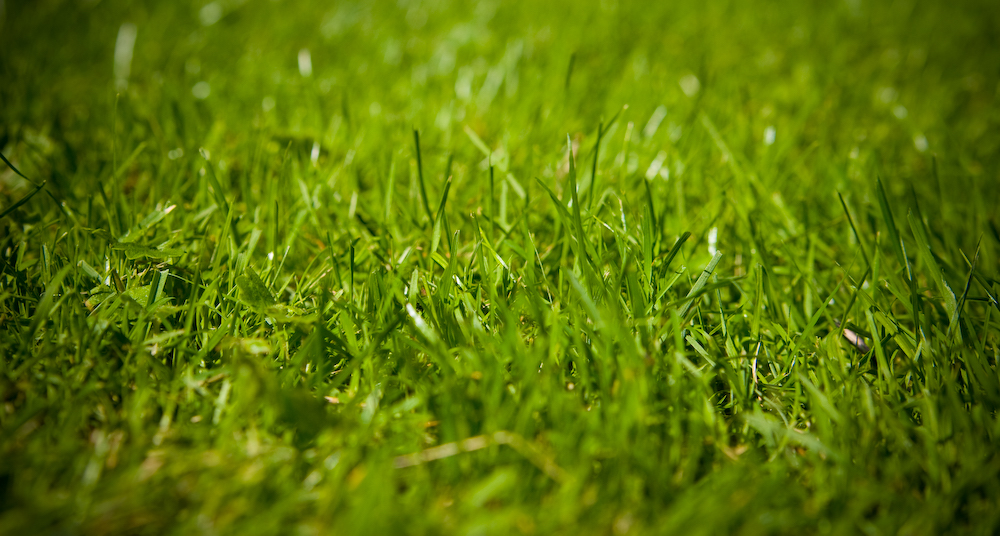
When you’re tackling yardwork, you might feel like pulling your hair out, but some experts say you should think twice before pulling up your lawn.
“There are many alternative solutions that should be considered before making the drastic decision to completely remove an established lawn. These options can be more cost-efficient and also better on the environment in the long run,” says Missy Henriksen, vice president of public affairs at the National Association of Landscape Professionals.
Lawn and Landscape Benefits
While some folks, especially those in drought-stricken areas, have scrapped their traditional lawns and replaced them with xeriscaping, native plants or other grass alternatives, Henriksen and other advocates extol the benefits of lawns and landscaping.
“When properly managed, grass and plants are good for the environment,” Henriksen says.
For instance, grass and plants remove carbon dioxide from the atmosphere and return oxygen, she says. Furthermore, grass and plants reduce water run-off, help stop mudslides and flash flooding, and can serve as a wildfire barrier. Also, lawns and landscaping act as “natural air conditioning” around homes and offices, Henriksen says.
The Look of Your Lawn

Photo: Flickr/Matt
Then there are the more aesthetic aspects. A survey commissioned by the National Association of Landscape Professionals found that 83 percent of Americans think having a yard is important. Henriksen says some studies even have shown that just gazing at lawns and landscaping can relieve stress.
“For many Americans, lawns provide a healthy, safe place to enjoy the outdoors,” she says.
Of course, Henriksen advises being wise about choosing grasses and plants for your yard.
“A good landscape has many components that operate in harmony, including native grasses, trees, gardens, shrubs and hardscapes,” she says. “Whenever possible, use plants that are adapted to your area, as this means they should work well in your climate zone. In dry climates, opt for low-water-use plants.”
Intelligent Irrigation

Photo: Flickr/Oregon State University
Speaking of water use, Henriksen offers these smart practices for irrigating your lawn:
- Water early in the morning when temperatures are lower.
- To minimize evaporation, don’t water on windy days.
- Water grass and plants deeply and wait several days between watering cycles. Frequent light watering can lead to shallow root growth.
- If allowed in your area, consider using rain barrels to collect rainwater for your lawn and landscaping.
- Look into installing a system that relies on satellite weather technology to ensure your lawn and landscaping are watered only when they need it.
- Maintain your irrigation system so that it’s functioning properly and not wasting water.
“Most importantly, keep in mind that a lawn doesn’t necessarily need to be green to be healthy,” Henriksen says.
“Under severe stress conditions, a lawn goes into a dormant state, similar to what happens to grass in cold-weather regions during the winter,” she adds. “Grass that has entered this state may be brown, but that doesn’t mean it is dead. It can stay in this dormant state for quite some time until it receives rain or irrigation returns it to a green color. Grass will only die off in long periods without water.”
If you need help with your lawn, call a local landscape professional today.